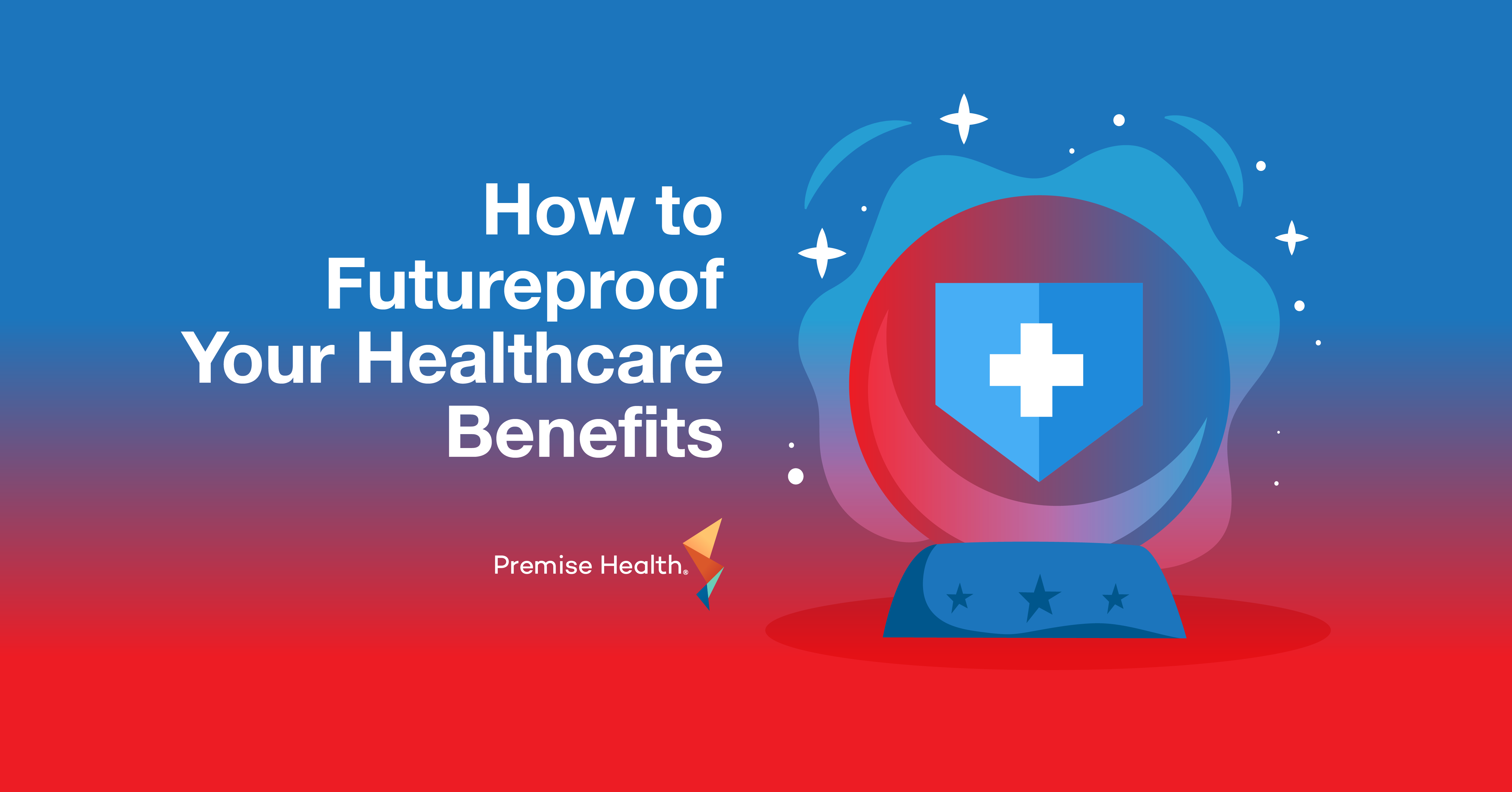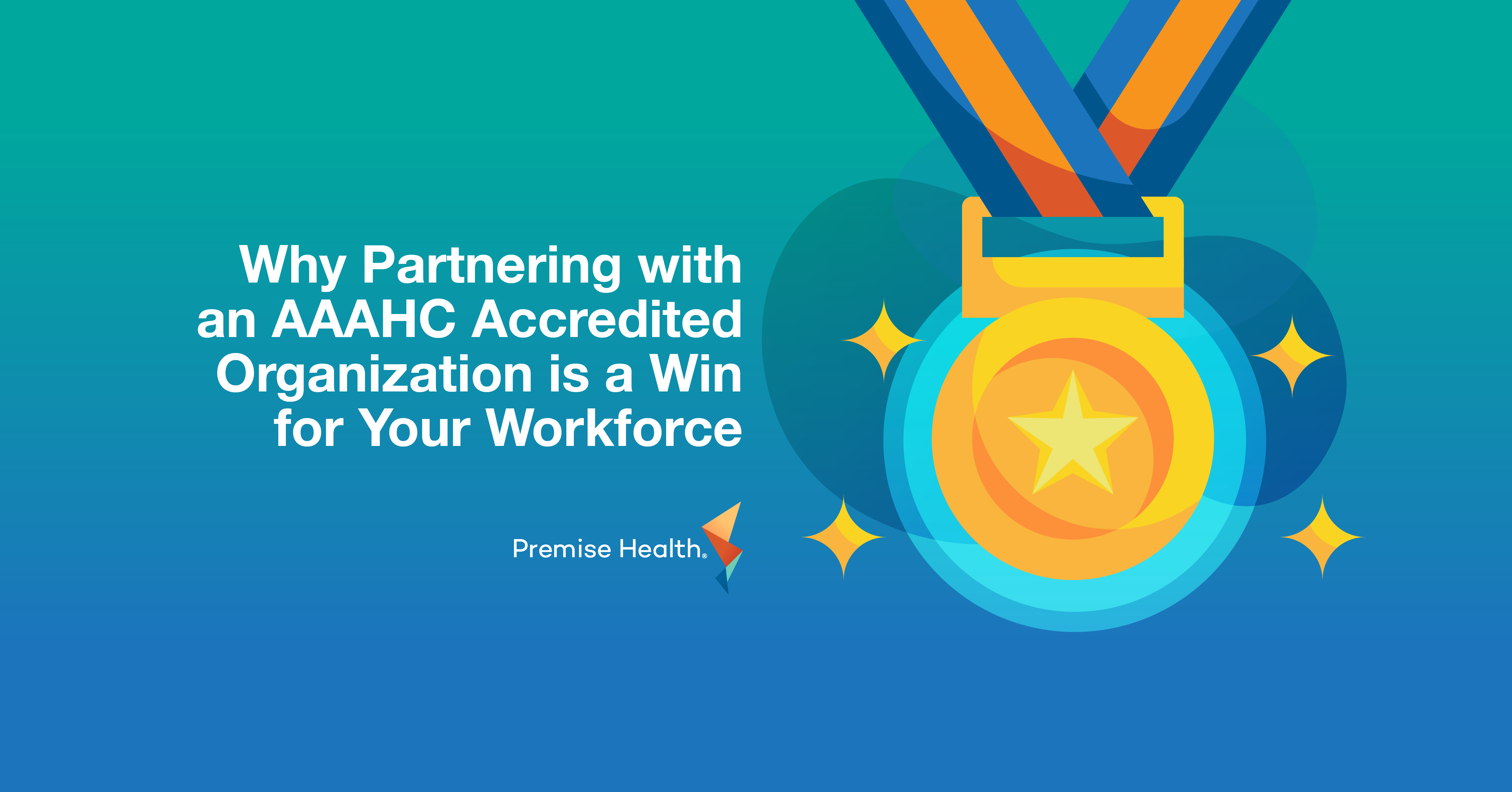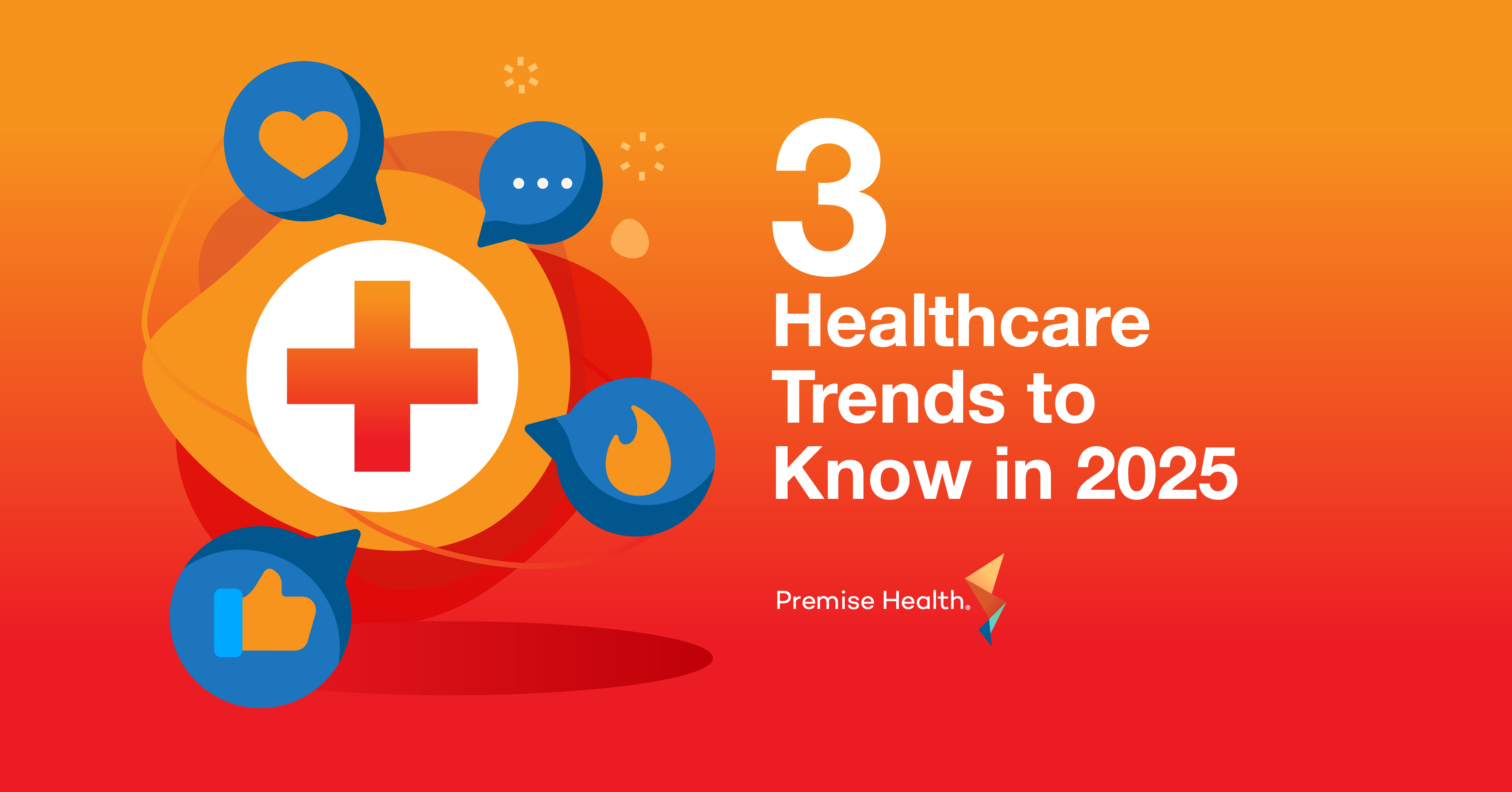It’s Time to Rethink Your Employee Assistance Program (EAP)
Employees are always on the move. Many families’ daily lives are packed to the brim with practices, recitals, school drop offs, and various appointments. These stressors, and many others, can weigh on people’s minds and impact their ability to be productive at work. HR leaders understand how stress affects performance, and many companies offer an employee assistance program (EAP) as a benefit. However, these programs are one of the most under-utilized benefits. If your employees aren’t getting the value they should from your EAP, it may be time to rethink how it can better integrate with your overall benefits program.
A Lack of EAP Utilization
EAPs are designed to assist employees in resolving personal problems that could affect their performance at work. These programs can range from addressing drug addiction to mental health counseling, grief assistance, and financial counseling. The need for these types of support is rising and yet employees are worried about asking for help.
For instance, let’s look at the rise in mental health concerns. 1 in 5 U.S. adults will struggle with mental health in their lifetime according to the American Psychological Association. In response, many organizations are prioritizing mental health resources. Early data from an ongoing Mercer national survey finds that nearly three quarters of large employer respondents (74%) say that improving access to behavioral health care will be a priority over the next few years.
That same Mercer study states that employers could see a 5.6% rise in benefit cost per employee on average in 2023. So, why is it that, at best, employee utilization of EAPs in the past decade is estimated to be around only 10%? Employers are increasing their overall benefits spending, including on behavioral and mental health resources. Yet, they are not reaping the benefits of programs they already have in place. The benefits of employee use of EAPs include decreases in medical spending and absenteeism, and increased employee satisfaction (retention).
A solution? Employers need to make efforts to increase benefits utilization, including of their EAPs. Some companies have made significant strides by placing a greater importance on wellness in the workplace.
How One Organization Revitalized Their EAP
Wake County government in Raleigh, North Carolina, an organization Premise partners with to deliver onsite and virtual care, started working to better integrate its benefits and increase overall utilization. One area that the senior HR leaders wanted to improve was their EAP programs. With a diverse population of over 8,300 lives covered, they wanted to ensure that their members reached their healthcare goals and stayed healthy.
Over a few years, Wake County made slow, thoughtful changes to their EAP based on direct conversations with employees; input from a benefits committee comprised of people from many demographics; and summits with its benefits vendors. These changes included implementing a wellness program and diabetes management program, expanding its health centers, and rebranding both the benefits website and the EAP program. As a result, Wake County achieved:
-
- 30% increase in engagement since rebranding the EAP program and website
- 81% comprehensive total population benefits engagement
- 77% diabetes medication compliance rate in partnership with Premise, which changed the status of a significant number of employees A1Cs’ from ‘uncontrolled’ to ‘stable’
It just goes to show, rearranging priorities and driving change can pay off in the long run.
Strategies for Improving EAP Utilization
Some strategies employers can try:
Rebranding
Many employees view their benefits program as unapproachable. They’re busy and sitting down to read through all of their benefits might feel like standing at the base of a mountain they’re reluctant to climb. But if your company is investing in innovative programs, you want to make sure they’re easy to understand. It may be time to overhaul your benefits approach to be accessible, attractive, and simplified.
In the case of Wake County, they saw a huge spike in the usage of their benefits after they renamed their assistance program, replacing “EAP” with a name that centered around their employee’s wellness. They coupled that with a complete redesign of their benefits website to “Living Great @ Wake.” They found that clearly communicating their benefits with an easy-to-use website increased their overall engagement by 30%.
Increase Awareness and Advocacy
Building a culture of wellness requires proactive, consistent communication. Hosting benefits meetings, creating email newsletters, filming informative videos, and even scheduling annual benefits training are simple solutions to ensure that employees know what’s available. Certain benefits can also be communicated as a bundle, driving awareness that there are other programs that could be useful in the future. Perhaps someone doesn’t need mental health services at the moment, but making sure that employees are aware of them while they are enrolling in their benefits can be a helpful primer in case they ever do need them.
Make Benefits Work for Employees
There are plenty of benefits that are offered through company EAPs, but not all are always necessary or useful for employees. It’s important that EAPs are designed with individuals in mind, all of whom have different goals and needs. For example, Wake County took the time to listen to feedback from their diverse employee population. They also brought their vendors into early strategic conversations as they redesigned their programs. This approach allowed them to craft benefits that considered employees’ needs and desires, which went a long way toward building excitement around their programs.
Conclusion
If your organization’s EAP is underutilized, it’s time to rethink your approach to better suit your employees. By rebranding your EAP to be more accessible, normalizing its use as a part of company culture, and working with employees to craft a program suited to their needs, organizations can ensure their money is well spent and employees are seeing positive results in the health goals they set for themselves.
At Premise, our behavioral health product integrates seamlessly with your organization’s existing EAP. Behavioral health services can be incorporated into your EAP as short-term counseling for immediate needs. Premise also delivers more advanced behavioral health support to support employees who would benefit from long term support. We offer evidence-based counseling and solution-focused therapy for optimal mental and emotional wellbeing.
Looking to integrate your EAP program with a behavioral health solution? Wanting to provide the types of care and support that your people need? Contact Premise today to start the conversation.
Next on industry insights.

How to Futureproof Your Healthcare Benefits
Read the Blog
Why Partnering with an AAAHC Accredited Organization is a Win for Your Workforce
Read the Blog